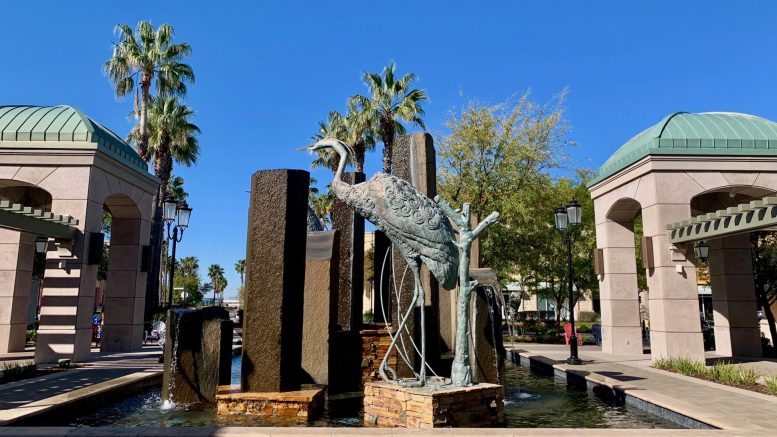By Matthew Dolin
Folsom residents may soon decide whether to raise an additional 1% sales tax in response to a projected structural budget deficit. The city has seen a dip in revenue because of a change in consumer behavior, i.e., customers choosing to buy online rather than locally, which has slowed Folsom’s sales tax growth from 6% to 2.3% annually, according to a City of Folsom analysis of the shortfall.
Folsom leaders say they’ve continually deferred a backlog of needs that will soon lack a dedicated funding source. These deferments have come at the expense of infrastructure, equipment and staffing deemed as non-essential.
Those two factors and other rising costs,“mak(e) it fiscally unsustainable to maintain current services beyond Fiscal Year 2024-25 without additional revenue,” Folsom’s city staff noted in public documents. There are two separate efforts to raise the sales tax. One is driven by a citizens group called Folsom Takes Action, and the other is driven by the city itself.
Folsom Takes Action wants a 1% special sales tax that would keep all revenue generated in the city. The amount that this tax would raise is estimated to be $29 million annually. The group is collecting signatures for a ballot initiative. The effort has until April 24th to qualify for the November 2024 ballot. From there it will need a simple majority to pass.
The Folsom City Council originally discussed placing a similar proposal on the ballot but ultimately decided to back the ballot initiative.
Bruce Cline, chair of Folsom Takes Action, believes that the measure is exactly what Folsom needs.
“We started as two guys that were upset over the conditions of parks and trails,” Cline said. “We urge people to take a look at the measure, go online and learn about it. We have five former mayors who have endorsed this measure, it’s just a good thing for the quality of life in our town.”
The initiative would require fixed spending rates for the revenue generated, with police, fire and emergency services as the top beneficiaries. Parks, recreation facilities, trails, traffic mitigation, environmental water quality, community enhancement, economic development, and major capital improvement projects would also receive funding.
If the initiative passes, the Folsom City Council would be required to create a citizens’ oversight committee made up of representatives from different city departments and residents of Folsom. They would have responsibility for submitting a spending plan for the funds collected by the tax, and for examining how those funds are being used.
The initiative has brought backlash from those in the community who believe that a sales tax unfairly affects low-income earners, as everyone will pay that same rate regardless of financial status.
Cheryl Davis, political action chair of the Folsom Area Democratic Club, is someone who is concerned over the increase in sales tax.
“A sales tax is a regressive tax,” Davis argued. “It impacts lower-income residents more, so we think they should look at alternative means.”
“Everything with the ‘T’ word is not bad,” Cline countered, referring to taxes. “You have to look at who provides the best immediate local services to all levels including the poorest of our community … any income level in my view should be able to use our parks.”
Folsom’s current predicament is not unique. The City of Sacramento, Elk Grove and Rancho Cordova have all increased sales tax rates by 1% within the last 10 years.
Wendy Thomas, a former council member for the City of Placerville, was a part of a small committee of residents who advocated and passed a sales tax initiative. Placerville had originally proposed a general sales tax initiative that was ultimately rejected by voters.
“The first time no one took up the cause of the campaign,” Thomas remembered. “folks didn’t trust it and so it failed.”
Thomas, who now sits on the El Dorado County Board of Supervisors, emphasizes that communication with voters is key.
“It has to be a problem that resonates with a voter,” Thomas said. “That’s a hard thing to do because a lot of people just don’t pay attention.”


hey my dudes. The increase would be one cent per dollar, or 1 percentage point. My math says the increase from 7.75 to 8.75 is a nearly 13 percent change.